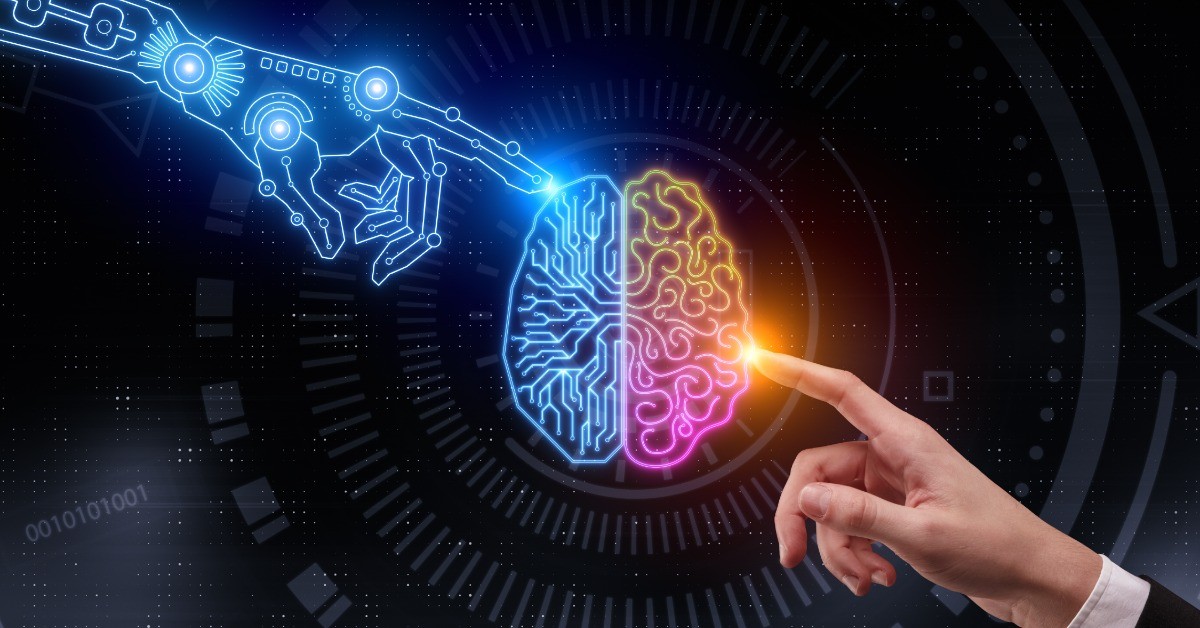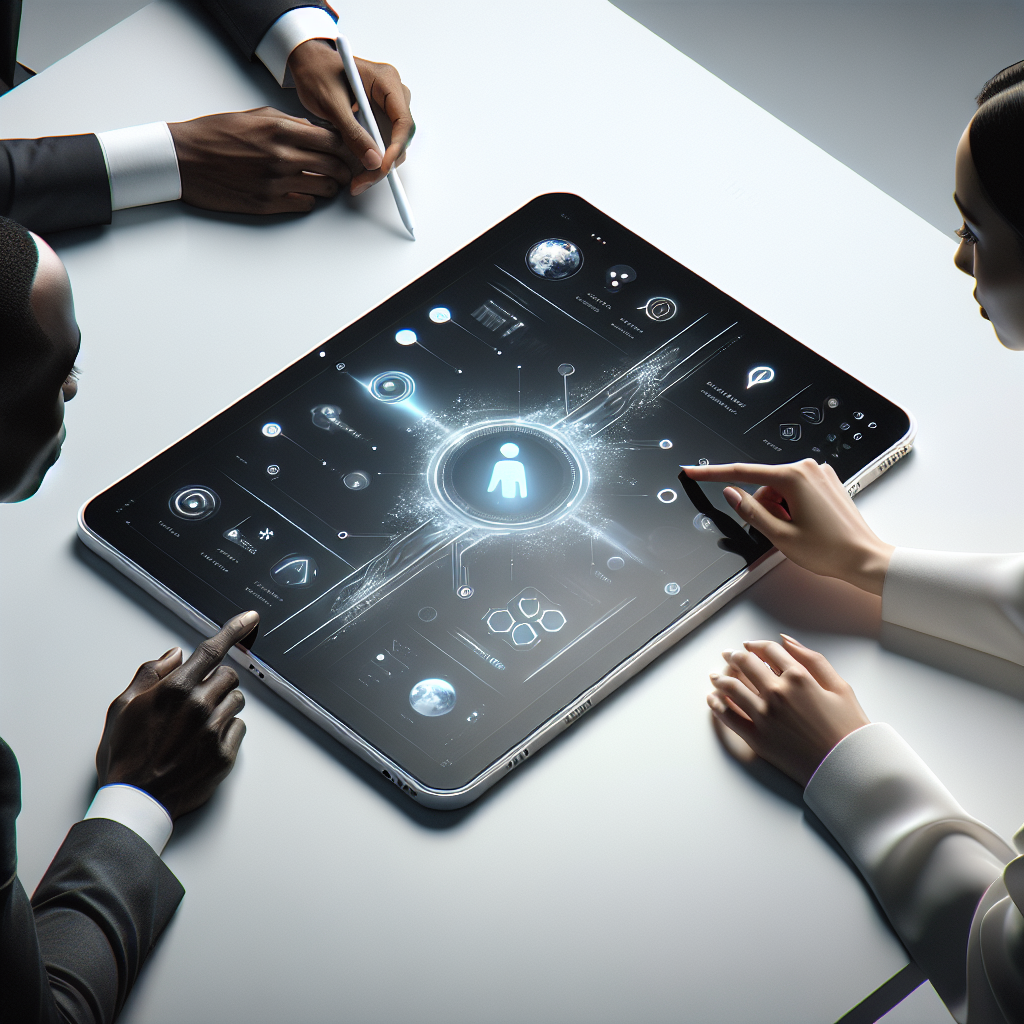L'avenir est au travail d'équipe, en particulier avec l'essor de l'IA générative et de l'intelligence collective. Cette combinaison ouvre de nouvelles portes, nous permettant d'innover plus rapidement, d'être plus créatifs et de trouver des solutions plus intelligentes à des problèmes difficiles.
Les outils d'IA générative comme ChatGPT sont formidables pour générer rapidement des idées et du contenu, mais ils ne peuvent pas tout faire seuls. Ils ont besoin de la touche humaine—de notre expertise et de notre collaboration—pour vraiment briller. C'est pourquoi les plateformes qui combinent l'IA avec le travail d'équipe humain sont à la pointe, laissant les chatbots autonomes derrière.
Qu'est-ce qu'une plateforme d'IA générative et d'intelligence collective ?
Ces plateformes vont au-delà des chatbots classiques. Elles permettent à l'IA de créer du contenu ou des idées, puis les humains interviennent pour les ajuster et les améliorer. C'est une boucle de rétroaction où la créativité humaine et l'efficacité de l'IA se combinent pour produire de meilleurs résultats.
Les plateformes vont au-delà des chatbots classiques. Elles permettent à l'IA de créer du contenu ou des idées, puis les humains interviennent pour les ajuster et les améliorer. C'est une boucle de rétroaction où la créativité humaine et l'efficacité de l'IA se combinent pour produire de meilleurs résultats.
Pourquoi ChatGPT et les autres chatbots seront laissés pour compte
Les chatbots d'IA générative comme ChatGPT sont parfaits pour les réponses rapides et la génération d'idées, mais ils présentent des limites importantes lorsqu'ils sont utilisés seuls :
- Connaissance contextuelle limitée: L'IA peut produire des résultats impressionnants, mais elle ne comprend pas toujours le contexte. Elle peut manquer de nuances ou de pertinence, surtout pour des tâches spécifiques. Les plateformes qui combinent l'IA avec l'apport humain permettent aux utilisateurs d'ajouter des perspectives réelles, rendant le contenu plus pertinent et significatif.
- Absence d'apprentissage itératif et de retour d'informationL'intelligence artificielle génère une réponse, puis le processus s'arrête. Elle ne peut pas apprendre des retours en temps réel. En revanche, une plateforme d'intelligence collective crée un cycle d'amélioration continue où les utilisateurs affinent les résultats de l'IA, améliorant ainsi les résultats actuels et futurs.
- Pas de sagesse collectiveLes chatbots génèrent des réponses individuelles mais ne tirent pas parti de l'intelligence collective. La résolution de problèmes complexes nécessite souvent des perspectives multiples et des contributions diversifiées. Les plateformes combinant IA et intelligence collective créent un espace de partage des connaissances et compétences, avec de meilleures solutions.
- Amélioration de la qualité grâce au partage et à la curation de contenu.L'optimisation des prompts peut améliorer les résultats de l'IA, mais le véritable avantage réside dans le partage et l'affinement du contenu au sein d'une communauté. Ce processus garantit que les meilleures idées émergent.
Fonctionnement d'une plateforme d'intelligence collective et d'IA générative
- Création collaborative et résolution de problèmes.: L'IA commence par générer du contenu ou des idées. Ensuite, les utilisateurs collaborent pour affiner et améliorer ces résultats, ce qui permet d'obtenir des résultats plus solides et plus créatifs.
- Retour d'information en temps réel pour une amélioration dynamique.La plateforme permet une interaction continue entre l'IA et les utilisateurs, avec des boucles de rétroaction en temps réel qui aident les deux à améliorer leurs résultats. Cela crée un système plus adaptable qui évolue avec sa communauté.
- Centralisation du contenu pour plus d'efficacité: En centralisant les contributions des utilisateurs et le contenu généré par l'IA, le partage des connaissances devient plus efficace. Les utilisateurs peuvent s'appuyer sur un contenu de haute qualité.
Pourquoi ce modèle est l'avenir de l'innovation pilotée par l'IA
- Des résultats plus intelligents et plus pertinents: La combinaison de l'IA et de l'intelligence humaine permet d'obtenir des solutions plus pratiques et plus innovantes. L'apport humain garantit que les résultats sont vérifiés et améliorés, ce qui permet d'obtenir des résultats supérieurs.
- L'innovation accélérée par la collaboration: L'interaction en temps réel et le partage des connaissances accélèrent le processus d'innovation et permettent d'obtenir des résultats plus rapidement qu'avec les méthodes traditionnelles.
- Relever des défis complexes: De nombreux défis actuels requièrent des perspectives diverses. Les plateformes qui combinent l'IA et l'intelligence collective permettent de résoudre les problèmes en collaboration à l'échelle mondiale.
Applications concrètes de cette approche
- Développement de produits et innovation: Les équipes peuvent générer des idées de produits grâce à l'IA et les affiner en collaboration, ce qui accélère les processus de R&D.
- Collaboration créative: Les artistes peuvent rapidement générer des concepts et travailler avec d'autres pour peaufiner le résultat final.
- Résolution de problèmes complexes: Du changement climatique aux défis commerciaux, l'intelligence collective associée à l'IA permet de trouver des solutions plus intelligentes.
L'avenir : L'intelligence collective, clé de l'innovation
Si les chatbots comme ChatGPT ont fait progresser la génération de contenu, l'avenir appartient aux plateformes qui combinent l'IA et l'intelligence humaine. Ces plateformes permettent une amélioration continue et un apprentissage dynamique.
Prenez de l'avance et découvrez comment l'IA générative et l'intelligence collective peuvent redéfinir la créativité et l'innovation.




